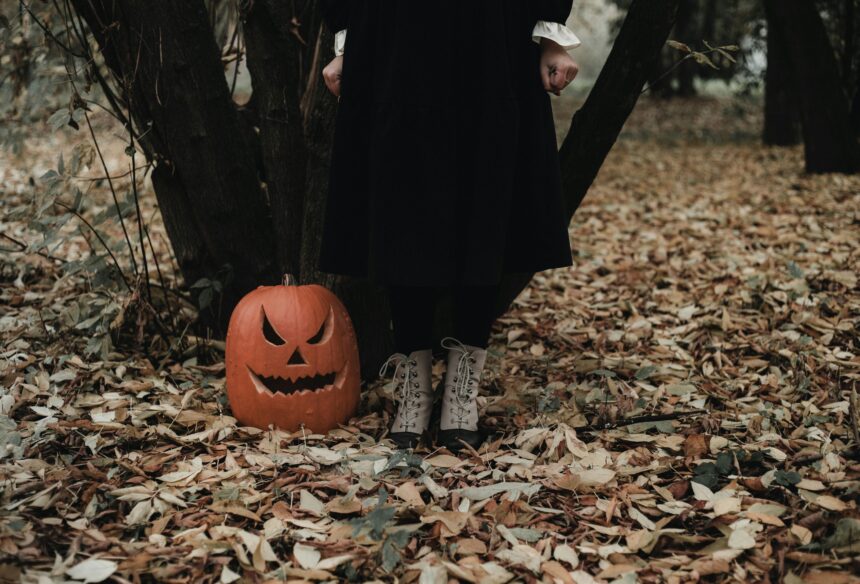Photo by Ksenia Yakovleva on Unsplash
Halloween, for many, is a night of costumes, candy, and carved pumpkins. But before plastic pumpkins and fun-size chocolate bars, there was Samhain—a sacred Celtic festival marking the end of the harvest and the beginning of the darker half of the year. This ancient holiday wasn’t just a seasonal celebration—it carried deep spiritual meaning, rooted in earth-based traditions, ancestor veneration, and community rituals.
And yet, as with so many traditions tied to women’s spiritual authority, Halloween’s history has been shaped—and often warped—by patriarchal fear and control.
Women as Keepers of Samhain
In pre-Christian Celtic society, women often held positions of spiritual power as healers, midwives, and keepers of seasonal rituals. Samhain was a liminal time when the veil between worlds was believed to thin, making spiritual work more potent. Women—especially older women—were often at the center of these rituals, their knowledge of herbal medicine, divination, and protective charms central to the community’s survival during the long winter ahead.
When Christianity spread through Europe, these women’s roles were rebranded as dangerous or heretical. By the time of the witch trials, much of the lore around Samhain had been reframed to position women’s spiritual work as satanic—part of the broader misogynistic suppression of women’s knowledge, autonomy, and sexuality.
The Witch as a Gendered Archetype
The association between Halloween and witches isn’t accidental—it’s political. The “witch” became a symbol of feared female independence. She was unmarried, sexually autonomous, often older, and lived outside male-dominated social structures. In other words, she broke every rule in the patriarchal handbook.
Feminist scholar Silvia Federici, in Caliban and the Witch, argues that witch hunts were a means of controlling women’s reproductive labor and sexuality in the shift to capitalist economies. Halloween’s modern witches, though often commercialized, still carry traces of this history—both as a site of mockery and as a potential site of reclamation.
Sex, Fear, and Folklore
Samhain was also tied to fertility, harvest, and cycles of death and rebirth—concepts inherently connected to the body. Folklore often depicted spirits, fae, and deities who challenged rigid gender roles. In Irish mythology, figures like the Morrígan defied binaries—simultaneously sexual and terrifying, life-giving and death-dealing.
But as patriarchal Christian morality took hold, such sexual and spiritual power became dangerous. Women’s sexuality—once a part of sacred seasonal rites—was cast as sinful, manipulative, or deadly. This cultural shift echoes in centuries of Halloween imagery where powerful, magical women are both feared and fetishized.
Reclaiming Halloween Through a Feminist Lens
Today, feminist and queer communities are reclaiming Halloween as a night of subversion, self-expression, and resistance. Costumes become a way to explore gender fluidity, reclaim symbols of female power, and challenge societal beauty standards. For many, dressing as a witch is not about fear, but about embracing autonomy and celebrating the survival of women’s spiritual traditions despite centuries of suppression.
In the spirit of Samhain, reclaiming Halloween means honoring the women who were demonized for their knowledge, their bodies, and their refusal to submit. It’s a reminder that what we now call “spooky season” has always been about more than ghosts—it’s about the long, ongoing fight for gendered and sexual autonomy.
As Beauvoir wrote, “One is not born, but rather becomes, a woman.” On Halloween, we can also choose what kind of woman—or witch—we want to become.


Leave a Reply